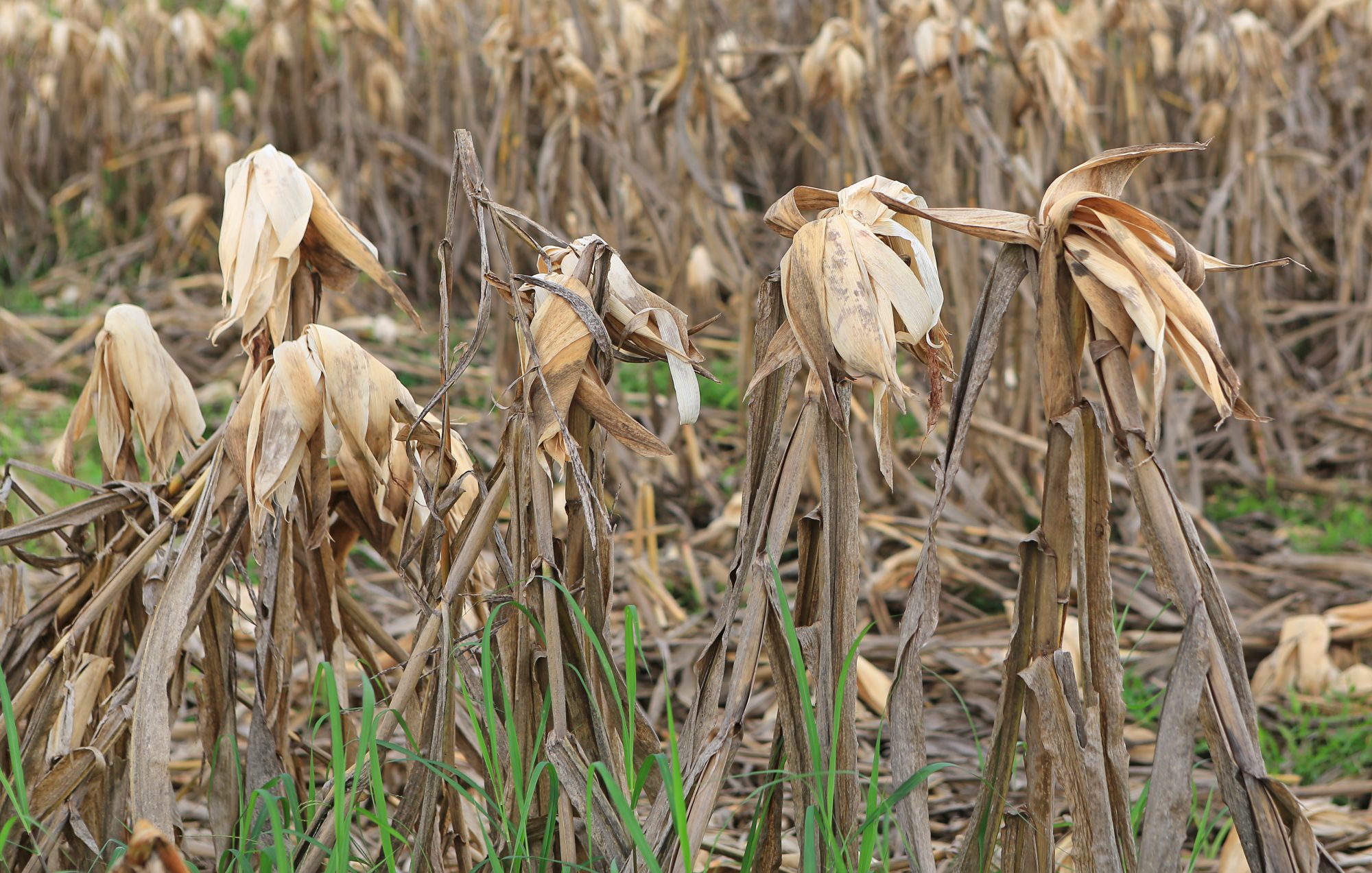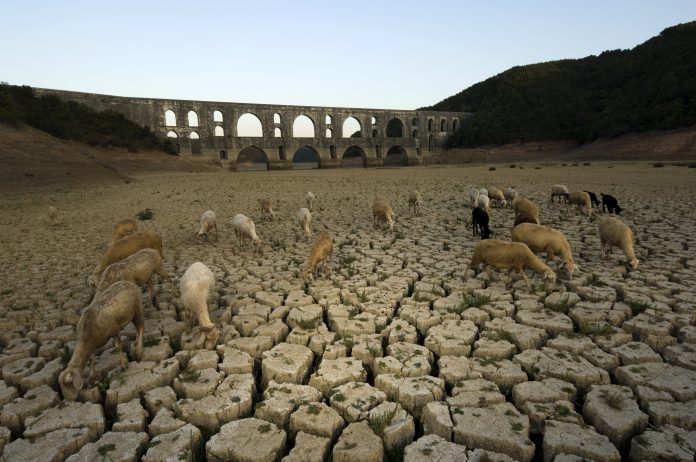The intensification of flash droughts, rapid and unexpected drought events, poses a significant threat to agricultural and ecological systems
University of Oklahoma researchers have assessed the consequences of climate change on flash droughts and the global agricultural landscape.
Their study highlights the increasing threat posed by flash droughts and offers valuable projections for the future.
Assessing the impact of climate change on flash droughts
Lead author Jordan Christian, a postdoctoral researcher, and the team have published a study titled “Global projections of flash drought show increased risk in a warming climate” in Nature Communications Earth and Environment.
Their study employs global climate model simulations to quantify the projected changes in flash drought occurrence and cropland risk.
Jordan Christian, a postdoctoral researcher, is the lead author of the study.
He comments, “In this study, projected changes in flash drought frequency and cropland risk from flash drought are quantified using global climate model simulations.
“We find that flash drought occurrence is expected to increase globally among all scenarios, with the sharpest increases seen in scenarios with higher radiative forcing and greater fossil fuel usage.”

Alarming increases in flash drought frequency
The research reveals a global surge in flash drought occurrences under various scenarios, particularly in cases of higher radiative forcing and increased fossil fuel usage.
Radiative forcing, which signifies the imbalance between incoming and outgoing radiation in Earth’s atmosphere, is influenced by activities such as burning fossil fuels.
These activities contribute to climate warming and amplify the frequency of severe weather events, including the following:
- Storms
- Flash floods
- Flash droughts
Escalating risks to croplands
The study underscores that flash drought risk over croplands is poised to escalate worldwide, with North America and Europe projected to experience the most significant impacts.
The climate models used in the research indicate a 1.5 times increase in the annual risk of flash droughts over North American croplands by 2100.
The baseline risk of 32% in 2015 is projected to rise to 49% in 2100. Europe, under the most extreme emissions scenario, faces an even higher increase of 1.7 times, with annual risk rising from 32% to 53%.
“Flash drought risk over cropland is expected to increase globally, with the largest increases projected across North America and Europe,” Christian adds.
“CMIP6 models projected a 1.5 times increase in the annual risk of flash droughts over croplands across North America by 2100, from the 2015 baseline of a 32% yearly risk in 2015 to 49% in 2100, while Europe is expected to have the largest increase in the most extreme emissions scenario (32% to 53%), a 1.7 times increase in annual risk.”
Addressing the implications and socioeconomic consequences
Jeffrey Basara, the study’s co-author and advisor to Jordan Christian, emphasizes the urgent need to recognize the challenges posed by flash droughts.
“This study continues to emphasize that agricultural producers, both domestic and abroad, will face increasing risks associated with water availability due to the rapid development of drought.
“As a result, socioeconomic pressures associated with food production, including higher prices and social unrest, will also increase when crop losses occur due to flash drought,” he concludes.
Agricultural producers globally, both domestically and internationally, will confront escalating risks due to water scarcity resulting from the rapid onset of droughts.
Crop losses triggered by flash droughts will have wide-ranging socioeconomic repercussions, including higher food prices and social unrest.
The University of Oklahoma’s research highlights the alarming consequences of climate change-induced flash droughts, emphasizing the urgent need for mitigation and adaptation strategies.
As the frequency and severity of flash droughts increase, proactive measures are necessary to safeguard croplands, ensure water availability, and mitigate the socioeconomic impact on food production and global stability.











